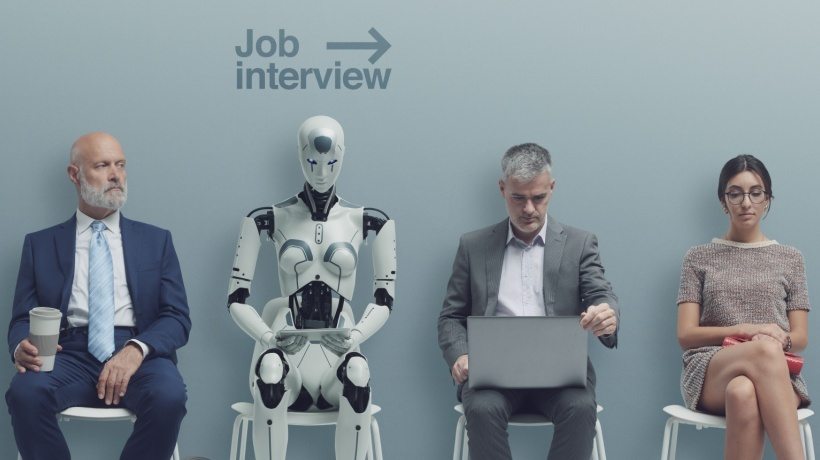
Stokkete/Shutterstock.com
In recent years, the rise of artificial intelligence (AI) has sparked intense discussions about its potential impact on the job market.
While AI holds promise for enhancing productivity and driving economic growth, experts warn of significant risks related to job displacement.
Armen Panossian, a senior executive at Oaktree Capital Management, has raised alarm bells regarding AI's potential to create widespread social unrest due to mass unemployment.
The Economic Benefits vs. Social Consequences
AI technology, particularly generative AI, has the potential to transform industries ranging from retail to transportation.
However, this transformation comes with an inherent risk: "Millions of people could lose their jobs," Panossian cautioned in a recent interview.
For many individuals relying on paycheck-to-paycheck employment, the swift integration of AI into the workforce could lead to a troubling reality — a workforce unprepared for the evolving demands of the new economy.
The double-edged sword of AI brings both significant economic benefits and profound social consequences. While companies may reap the rewards of increased efficiency and profitability, the cost to the labor force could be substantial.
The Numbers Behind AI Risks
The urgency surrounding the need for retraining and skill development is underscored by studies predicting the scale of job losses due to automation.
Goldman Sachs issued a warning last year that the emergence of generative AI could affect as many as 300 million full-time jobs across the globe.
Similarly, a 2017 report by McKinsey estimated that up to 800 million jobs worldwide could be automated by 2030, necessitating that approximately 400 to 800 million workers either transition to new roles or acquire entirely new skills.
These staggering figures highlight the need for urgent and effective responses to prepare the workforce for a post-AI economy.
Without proactive measures, we may face a deepening gap between the affluent and the vulnerable, as expressed by Panossian: "If we don’t do anything to retrain a portion of these people or prepare for the employment landscape post-AI, we will encounter an increasingly deep divide between the rich and the poor."
The Impact on Investors and the Market
Panossian’s concerns are not limited to workers alone; he has also cautioned investors about the potential pitfalls of the AI boom. In an era of rapidly rising stock valuations tied to AI-related companies,
Panossian suggests that current market valuations may be inflated and vulnerable to speculation. He compared the current dynamics in the AI sector to the dot-com bubble of the late 1990s and early 2000s, where many investors faced significant losses when the market correctively crashed.
Investors must remain vigilant, recognizing that the overwhelming optimism surrounding AI stocks could lead to significant market distortions and subsequent corrections.



